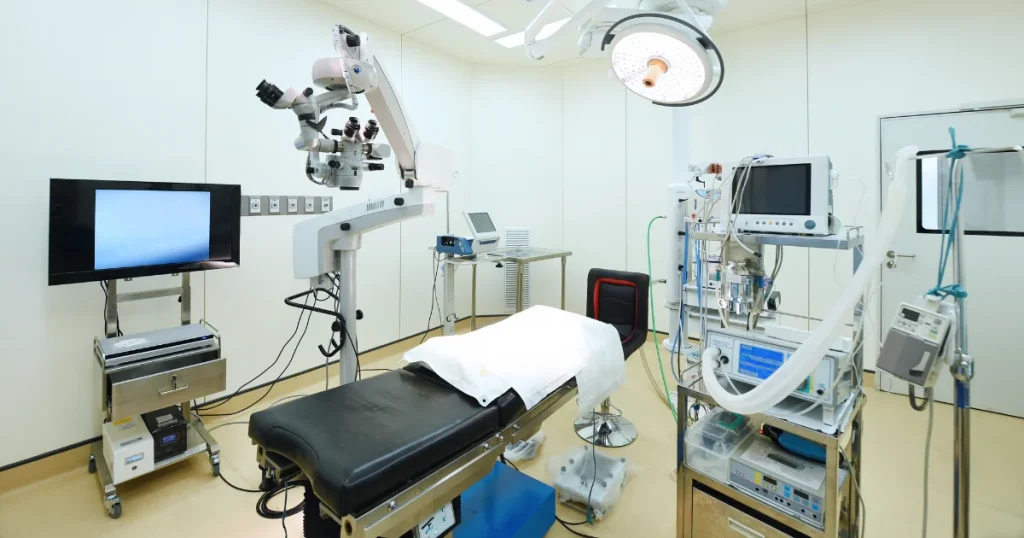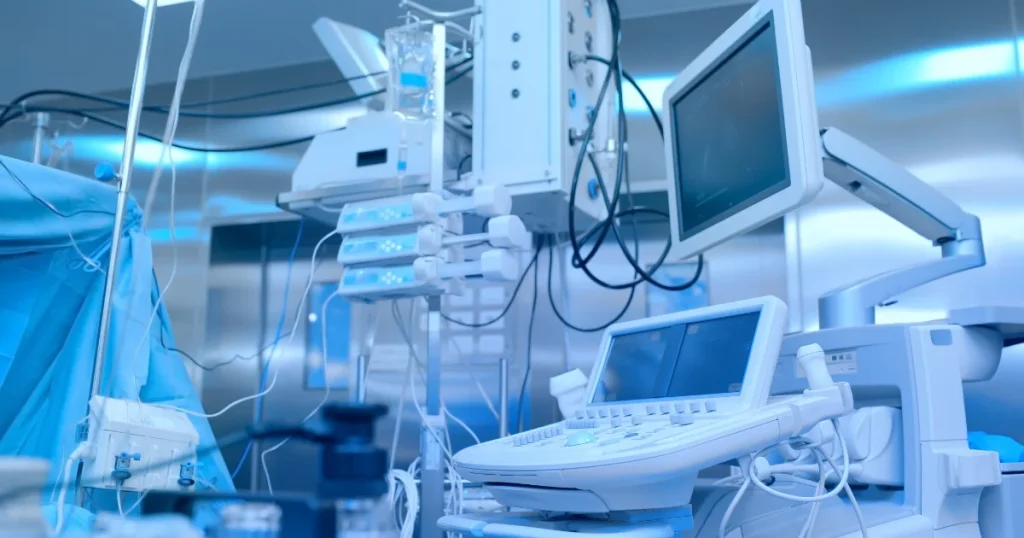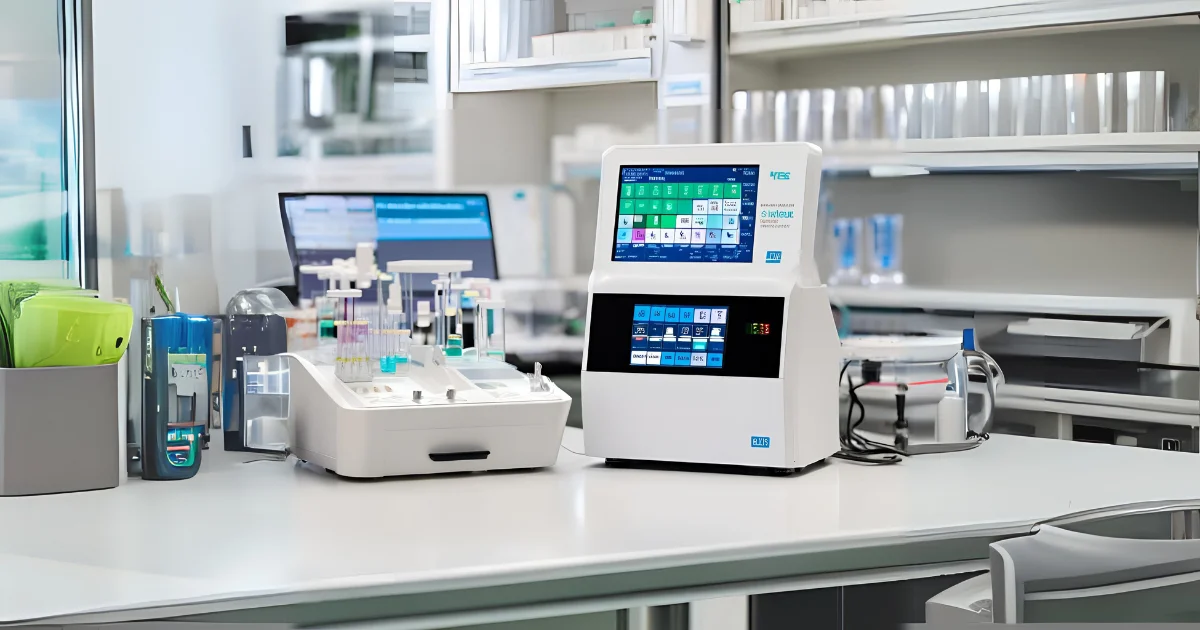Medical facilities today face mounting pressure to deliver top-notch patient care while managing tight budgets. Balancing affordability with quality in medical equipment is essential to ensuring efficiency, diagnostic accuracy, and patient satisfaction. The challenge lies in finding cost-effective solutions in medical equipment without sacrificing reliability, safety, or performance.
This guide explores strategies and options for acquiring and maintaining high-quality medical equipment without overextending your budget.
Table of Contents
Understanding the Cost-Quality Dilemma
Healthcare providers often grapple with the following challenges when trying to balance costs and quality:
- High Initial Investments: Advanced equipment often comes with steep upfront costs.
- Maintenance Expenses: Routine maintenance and repairs add to the total cost of ownership.
- Rapid Technological Advancements: New technologies quickly make older equipment obsolete, increasing the need for frequent upgrades.
- Budget Constraints: Limited budgets can push facilities to opt for cheaper, lower-quality alternatives.
The solution is to adopt a strategic approach that aligns cost savings with long-term quality and performance goals.
Also read: Top 5 Methods of Fetal Growth Assessment
Strategies for Cost-Effective Solutions in Medical Equipment
1. Explore Refurbished and Pre-Owned Equipment
- Benefits:
- Lower costs compared to new equipment.
- Refurbished devices are often tested, calibrated, and upgraded to meet original manufacturer standards.
- Best Practices:
- Purchase from reputable vendors with certified refurbishing processes.
- Ensure warranties and post-sale support are included.
2. Opt for Leasing or Financing Options
- Benefits:
- Spread costs over time, reducing the financial burden of upfront payments.
- Access to the latest technology without the need for full ownership.
- Best Practices:
- Negotiate flexible leasing terms.
- Choose plans that include maintenance and upgrade options.
3. Invest in Multi-Functional Equipment
- Benefits:
- Reduces the need for multiple devices, lowering both acquisition and maintenance costs.
- Enhances workflow efficiency by consolidating functionalities.
- Examples:
- Multi-modality imaging systems that combine X-ray, CT, and MRI capabilities.
- All-in-one patient monitoring systems.
4. Focus on Preventive Maintenance
- Benefits:
- Prevents costly repairs and extends equipment lifespan.
- Ensures optimal performance and compliance with safety standards.
- Best Practices:
- Schedule regular maintenance checks as per manufacturer recommendations.
- Train staff on proper usage and basic troubleshooting techniques.
5. Leverage Bulk Purchasing and Group Buying Organizations
- Benefits:
- Access to discounted pricing through volume purchases.
- Greater negotiating power for warranties and service agreements.
- Best Practices:
- Partner with group purchasing organizations (GPOs) or join healthcare cooperatives.
- Bundle purchases of related equipment and consumables.
6. Adopt Scalable and Upgradable Solutions
- Benefits:
- Avoid obsolescence by selecting equipment that can be upgraded as technology advances.
- Scale systems to accommodate growing patient volumes.
- Examples:
- Modular imaging systems with expandable software and hardware options.
7. Embrace Telehealth and Remote Diagnostics
- Benefits:
- Reduces the need for physical equipment in certain scenarios.
- Enables cost-effective consultations and diagnostics through digital platforms.
- Best Practices:
- Invest in telemedicine-compatible devices.
- Train staff to maximize the use of remote diagnostic tools.
Cost-Effective Alternatives for Essential Medical Equipment
Imaging Equipment
- Cost-Saving Tips:
- Consider refurbished MRI and CT scanners.
- Use low-dose imaging systems to save on energy and consumables.
Diagnostic Tools
- Cost-Saving Tips:
- Invest in portable diagnostic devices for flexibility and lower costs.
- Opt for multi-use diagnostic kits.
Surgical Equipment
- Cost-Saving Tips:
- Choose reusable surgical instruments instead of disposable ones where feasible.
- Explore laser technologies for precision and efficiency in multiple surgical applications.
Patient Monitoring Systems
- Cost-Saving Tips:
- Use centralized monitoring systems to reduce equipment redundancy.
- Implement AI-powered systems for predictive analytics and resource optimization.
Benefits of Cost-Effective Solutions

1. Enhanced Financial Sustainability: By cutting unnecessary costs, healthcare facilities can allocate resources to other critical areas, such as staff training or facility upgrades.
2. Improved Patient Care: Investing in quality equipment, even at a lower cost, ensures accurate diagnostics and better treatment outcomes.
3. Increased Operational Efficiency: Streamlined workflows and reliable equipment minimize delays, improving throughput and patient satisfaction.
4. Environmental Responsibility: Refurbished and multi-use equipment reduces waste, contributing to sustainable healthcare practices.
Conclusion
Balancing cost and quality in medical equipment is not only achievable but essential for the long-term success of healthcare facilities. By exploring refurbished options, preventive maintenance, scalable solutions, and group purchasing, providers can meet their budgetary goals without compromising on patient care or safety.
Take the first step toward smarter investments. Contact us today to learn about our cost-effective solutions in medical equipment tailored to your needs.




